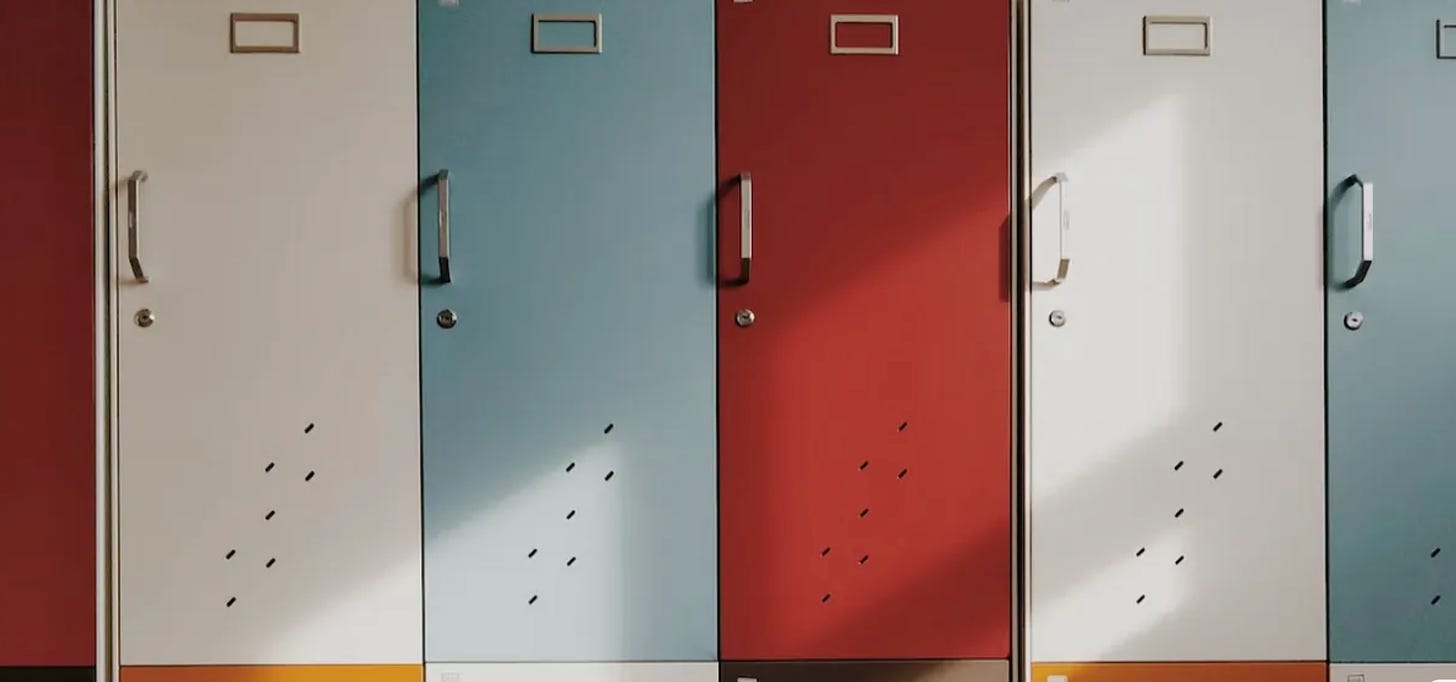Buy Yourself a Feature. (And a Few Words on Prioritization)
By setting priorities, we make a conscious choice about what is and isn't (that) important at a given point. And every yes is a no to something else.
“Instead of saying “I don’t have time” try saying “it’s not a priority”, and see how that feels. Often, that’s a perfectly adequate explanation. I have time to iron my sheets, I just don’t want to. But other things are harder. Try it: “I’m not going to edit your résumé, sweetie, because it’s not a priority.” “I don’t go to the doctor because my health is not a priority.” If these phrases don’t sit well, that’s the point. Changing our language reminds us that time is a choice. If we don’t like how we’re spending an hour, we can choose differently.”
– Laura Vanderkam
By setting priorities, we make a conscious choice about what is and isn't (that) important at a given point. And every yes is a no to something else.
Prioritization in Product
Prioritization in product would be the process of determining what is be the most important to focus on in a given context, in order to maximize the value delivered to customers, achieve business goals, and meet stakeholder needs. The “what” varies depending on the organization, level of abstraction, and granularity. On a more abstract level, we can talk about the most important outcomes; on a more concrete level, we can talk about portfolio, initiatives, themes, features, tasks etc. depending on the ‘scale’ or granularity at which a product professional operates (e.g. owning Sprint Planning1, or owning a portfolio of products).
Prioritization involves evaluating multiple factors (e.g. customer needs, business objectives, risk…), and it is one of the most important parts of the job of a product manager. It enables teams to focus on what matters most in order to achieve the best possible outcomes.
What This Means for Your Life
Did you know that an average adult makes more than 350002 decisions per day? From the moment your day starts, until you fall asleep, you’re making decisions. And making decisions means you’re dealing with priorities. Our decisions reflect our priorities.
Without clear priorities, it's easy to get overwhelmed and end up feeling like you're not making progress in any area of your life. And not only does it feel like it, in most cases it can be the hard truth. When trying to do many things, all at once, you don’t properly do any.
Prioritization to me is one of the most existential questions (and, interestingly, also one of the main jobs of a product manager). Prioritization is how you navigate life, it’s a question of where you’re putting your time, energy, resources, and attention. It’s what shapes you as a person. And if we don’t prioritize, then it will be decided for us by chance at a given time, and I feel this is not a question to be left to chance. But let’s not get too philosophical.
Sometimes a decision – which is a reflection of our priorities – may be on the trivial end, e.g. what t-shirt to wear, or it may be on the life-changing end. The content I write about works best for prioritizing items and making decisions in the mid-part of the spectrum. And there are quite a few product practices to help there. Here is one:
Buy a Feature
Buy a Feature is a collaborative exercise that includes stakeholders deciding which features to buy. They get a certain number of points (capacity), which they trade for a certain number of features, each with a price tag (effort needed). These exercises are also called ‘innovation games’, and were developed by Luke Hohmann. In practice, it’s great to go wild and, for instance, create actual cardboard cards for the features and use Monopoly money to boost discussions. (This often gives better results.)
Besides its primary context, this game is a great way to think clearly about what matters the most to you, and what you can achieve without burning out. It can be an individual exercise where you plan to spend your resources (energy, time, attention etc.) on certain things, while saying no to other things.
Personally, Buy a Feature is a nice way to enforce limit for my Work In Progress, thus preventing me from overburdening myself. I set a certain number of points that I have (e.g. 15), and list the things I work on or want to work on. I combine private and personal life as they overlap, and in the end, demand the same resource: my time, energy, and focus. It could look like:
Full time job: 8 points
Exercise and gym: 1 point
Newsletter / book: 1.5 points
Taking a JavaScript course: 1.5 points
Freelance work: 2 points
…
When the list is ready, I have to decide what I will focus on and what will be ‘parked’ for some time in the future.
Expert advice: There’s a hidden cost in context switching, so it’s a good idea to limit not only resources (points), but also the number of items as such - so that you may have up to 5 items worth 15 points, but not 10 or 15 different items worth the same.
Where Do You Put Your Money?
We all say we value health above other things, or that we value our family and loved ones… but many actual choices we make, tell a different story.
What are the things you ‘just don’t have time’ for?
Milos
Sprint Planning is event in Scrum, an agile framework mostly used in software development, where the team gathers to plan the work to be completed during the upcoming Sprint. Sprint being a short, timeboxed period with regular cadence (the most common length in practice is 2 weeks)
Source: https://www.inc.com/heidi-zak/adults-make-more-than-35000-decisions-per-day-here-are-4-ways-to-prevent-mental-burnout.html




